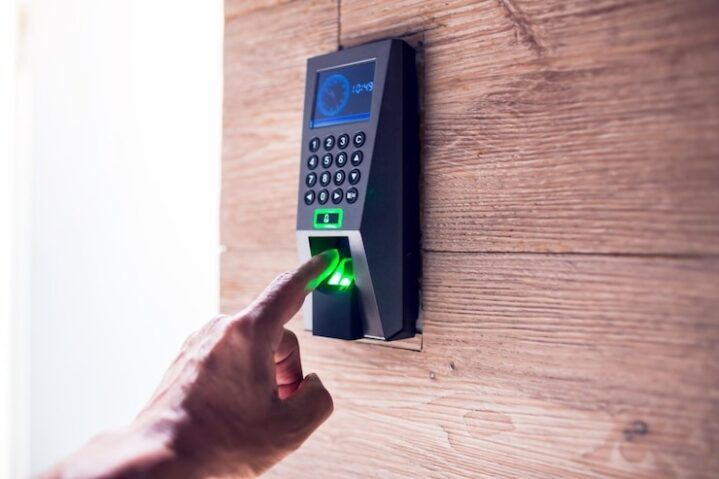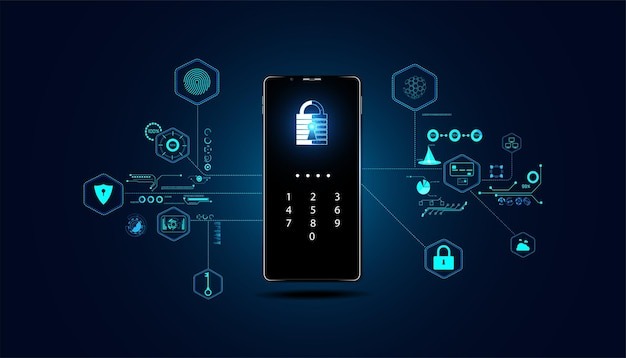Role-Based Access Control (RBAC) is an effective security model that assigns system access based on the roles of individual users within an organization. It simplifies user management, enhances data protection, and ensures that only authorized personnel have access to sensitive information.
Setting up RBAC across multiple office locations, especially in a dynamic business environment like Singapore, can streamline operations and maintain high levels of security.
In this guide, we will walk through the advanced steps required to set up RBAC, ensuring that it meets organizational requirements across diverse locations, complies with local regulations, and supports effective cross-office collaboration.
8 Advanced steps required to set up RBAC

1. Understand the Core Principles of RBAC
RBAC is based on three key components:
- Roles: These are collections of permissions that define the level of access granted to users. Roles should align with the employee’s function in the organization, ensuring the minimum required access for their tasks.
- Permissions: Permissions define the specific actions that can be performed on resources. These could include reading, writing, or deleting documents, accessing databases, or modifying configurations.
- Users: Users are the individuals assigned to roles. Their access to various resources is determined based on the permissions granted by their roles.
Before proceeding with implementing RBAC across multiple office locations, it’s critical to define these three components clearly, considering both the corporate hierarchy and specific local office requirements.
2. Compliance with Singapore’s Data Privacy Regulations
Singapore has strict data protection regulations, particularly under the Personal Data Protection Act (PDPA), which mandates the protection of personal data.
When implementing RBAC, it is essential to ensure that user access to sensitive data is granted only to authorized personnel and that data is handled in accordance with the PDPA guidelines.
To comply with the PDPA, businesses must:
- Implement appropriate safeguards for the collection, use, and disclosure of personal data.
- Ensure that roles associated with personal data access are limited and regularly reviewed.
- Conduct periodic audits and assessments to verify that RBAC rules comply with the PDPA’s standards.
For example, users with access to customer personal data in the HR or finance departments should only have access to the data that is necessary for their roles, and any sensitive information should be encrypted or anonymized as needed.
3. Plan and Define Roles Across Different Office Locations
The next step in implementing RBAC is to determine the roles specific to each office location. Offices in Singapore may operate differently based on their industry (e.g., finance, technology, or healthcare), and their user access needs will vary.
Considerations for defining roles:
- Local Regulations: If your offices are handling sensitive information differently (such as healthcare data or financial records), roles should be tailored to meet those specific access needs. For example, a healthcare office in Singapore may need additional compliance roles that restrict access to patient data.
- Job Functions: Different roles across multiple office locations should be aligned with specific job functions rather than geographical location. For example, an office in downtown Singapore may have roles like “HR Manager” or “Tech Support” with permissions tailored to those functions. Similarly, an office in the Jurong district could have roles like “Customer Service Representative” or “Finance Executive” with specific access requirements.

4. Centralized Access Management for Multi-Location Coordination
Implementing centralized access control in Singapore is vital for businesses with multiple locations. A centralized identity management system allows for the easy management of user roles, permissions, and access to resources across multiple offices.
Tools such as Active Directory (AD) or Azure Active Directory are widely used to manage RBAC in a distributed network. These tools allow organizations to create centralized role definitions that apply across all locations, simplifying user management and ensuring consistency in access policies.
When setting up centralized access management, keep in mind the following best practices:
- Automate Role Assignment: Use tools that allow for automated role assignment based on job function or department. This ensures that users are automatically granted access when they join an office or change roles within the organization.
- Unified Permissions Management: Ensure that permissions are managed centrally but also allow for location-specific exceptions where necessary. This allows the flexibility to grant unique access to specific departments or locations without compromising the overall security framework.
- Use Single Sign-On (SSO): Enable Single Sign-On for ease of access across all office locations. This reduces the complexity of managing multiple passwords and credentials while providing a seamless user experience for employees working across different locations.
5. Implement Location-Specific Security Controls
Even though RBAC allows for centralized management, different locations may have different security requirements based on local threats and office needs.
For example, if you have an office in the Central Business District (CBD) of Singapore, where the focus is more on high-value clients or financial transactions, you may implement tighter security measures for roles in the finance department. In contrast, a tech office in the outer regions of Singapore may focus more on system security for developers.
Key measures include:
- Location-based Permissions: Apply location-specific constraints to user permissions. For example, users in certain locations may only be allowed to access certain resources or applications that are relevant to their office’s function.
- Multi-Factor Authentication (MFA): Implement MFA for users accessing sensitive resources, particularly for those working remotely or at a branch office. This adds an extra layer of security and ensures that even if a password is compromised, unauthorized access is prevented.
- IP Restrictions: If necessary, restrict access to internal systems or resources by office IP address. This adds a further layer of security, ensuring that only users within a particular office network or VPN can access sensitive company data.
6. Integration with Other Enterprise Systems
Integrating RBAC with other enterprise systems, such as enterprise resource planning (ERP), customer relationship management (CRM), or document management systems, can streamline access management across multiple locations. When RBAC is integrated with these systems, permissions are automatically synchronized with role definitions, reducing administrative overhead.
For example, a CRM system like Salesforce can be configured to provide different access levels for sales representatives, account managers, and marketing teams based on their roles, ensuring that users only access relevant customer data.
7. Regular Audits and Monitoring of Access
Once RBAC is implemented across all locations, it’s essential to conduct regular audits to ensure that access controls are being followed correctly and that there are no unnecessary permissions granted.
Monitoring tools like SIEM (Security Information and Event Management) systems can be used to track and log user activity. In the case of a security breach or policy violation, administrators can quickly identify the source of the issue and take corrective action.
Additionally, conduct periodic reviews of roles and permissions to ensure that access remains appropriate. This is particularly important in dynamic environments where users may change positions, and offices may evolve in terms of business focus.

8. Training and Awareness for Users
The effectiveness of RBAC is heavily dependent on user understanding. As a best practice, conduct regular training for employees across all locations to educate them on the importance of RBAC, how it affects their daily operations, and the role they play in maintaining security.
Training should include:
- How to request access for specific roles.
- The importance of maintaining the confidentiality of credentials.
- Procedures for reporting suspicious activity or access issues.
Conclusion
Implementing Role-Based Access Control (RBAC) across multiple office locations in Singapore is a comprehensive process that requires careful planning, local compliance adherence, and a tailored approach to user roles.
By leveraging centralized access management systems, enforcing location-specific security controls, and conducting regular audits, organizations can ensure that their data remains secure and that employees have the appropriate access to resources.
This approach provides not only enhanced security but also operational efficiency, helping businesses in Singapore manage access across multiple locations while maintaining compliance with local laws and regulations.
